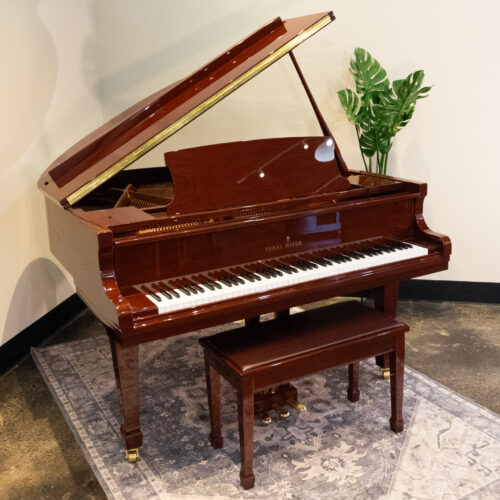If you’re taking piano lessons, chances are you’ve used a metronome. But what exactly is a metronome, and how can it help you learn to play the piano? In this article, we’ll show you how to use a metronome for piano practice and provide some useful tips to make your practice more effective.
What is a Metronome?
A metronome is a device that creates a beat pattern to help you play your music in the correct rhythm, timing, and accuracy. Today, there are three types of metronomes: analog, electronic, and digital. While it’s easy to download a metronome app, it’s usually recommended to purchase a dedicated metronome instead of using an app, especially if you’re serious about playing or learning to play the piano.
How to Use a Metronome for Piano
Using a metronome can be frustrating at times, but with patience and practice, you can master it. Here are some steps:
Look for Your Time Signature
The time signature is usually found on the sheet music you’re practicing with. The top number indicates how many beats are in one measure, while the bottom is the note value of a single beat.
Determine the Tempo
The tempo sets the pace of the piece. It determines whether the piece should be played fast or slow. Start with a slower tempo and gradually increase it until you’re playing the piece correctly.
Set Up the Volume
When using an electronic or digital metronome, keep the volume of the metronome’s “tick” up so you can still hear it when practicing. When you’re getting the hang of your piece’s notes, slowly turn the volume down so you can focus more on your pacing and timing.
Practice Slowly
With a metronome, you never have to rush. Start with a slower tempo and gradually increase it until you’re playing the piece correctly.
Final Thoughts
Remember that the metronome is a tool to help you play the piano better, but you shouldn’t be dependent on it. Use the metronome for a while, and then set it aside and play your piece without it. This way, the metronome can help you with your practice, but you’d be able to learn without any aid from it. If you’re looking for piano lessons by piano professionals in Middle Tennessee, kindly click on the link.










